SUMMARY
This is AI generated summarization, which may have errors. For context, always refer to the full article.

GENERAL SANTOS CITY, Philippines – In Maguindanao, where power rests in the hands of only a few, the anticipated split of the province into two is seen to further tighten the grip of its ruling political families on local politics and strengthen their influence.
A split would mean Maguindanao Governor Mariam Mangudadatu would serve as the leader of Maguindanao del Sur – a much smaller territory compared to the present province – while her political ally, Vice Governor Ainee Sinsuat, would automatically become the first governor of Maguindanao del Norte.
Mangudadatu, the first female governor of Maguindanao, and Sinsuat come from well-entrenched political families in the predominantly Muslim province.
The political influence of the governor’s family extends beyond Maguindanao – her husband Suharto served as governor of neighboring Sultan Kudarat province, and he was succeeded by their son Pax Ali this year.
Sinsuat’s husband Lester, meanwhile, is the mayor of Datu Odin Sinsuat, a town that would become the capital of Maguindanao del Norte if the law is ratified this weekend. Lester has served as Maguindanao vice governor.
Dividing everything
Based on Republic Act No. 11550, the 2021 law that called for a plebiscite on the creation of the two Maguindanao provinces, nearly everything would be split by the two provincial governments – from the legislature, workforce, and assets to debts.
But officials have yet to agree on the list of properties, employees, and even debts that would be shared in the event Maguindanaoans vote for the province’s division on September 17, said provincial administrator Cyrus Torreña.
Torreña said the capitol had started consolidating a list, but details would only be tackled if Maguindanao’s voters ratify the law during the plebiscite on Saturday.
Torreña said even Maguindanao’s provincial board – a legislative body of local politicians – would be divided.
At the start, the two provincial governments would be unable to function as corporate entities given the vacancies in their legislative bodies.
Torreña said there would be a lack of quorum in each provincial board at the beginning, but they would have two months to submit nominations for the legislative seats and get new officials appointed.
“We have to agree on everything that would be divided and shared, including loans, within 60 days,” he said.
Law’s authors out
Politically, a Maguindanao split would also mean drawing a line between the turfs of the Mangudadatus and Sinsuats, allowing the two ruling families to fortify their political bases in areas that have already delivered the votes for them in previous elections.
Incidentally, the two former Maguindanao representatives who authored RA 11550 found themselves being left out in the anticipated division of the 36-town political territory.
The law was authored by former Maguindanao representatives Esmael “Toto” Mangudadatu of the province’s 2nd District and Datu Roonie Sinsuat of the 1st District, which includes Cotabato City, the regional center of the Bangsamoro region.
Esmael lost his bid to unseat Bai Mariam, his cousin Suharto’s wife, while Roonie was unseated by Sittie Shahara Dimple Ibrahim-Mastura.
The two former congressmen were candidates of the United Bangsamoro Justice Party (UBJP), the political party of the Moro Islamic Liberation Front (MILF).
It was a double whammy for Esmael in the May elections. Aside from his failed Maguindanao bid, Esmael’s wife Sharifa Akeel, a former model and beauty queen, also lost the Sultan Kudarat gubernatorial race to Suharto’s son.
The warring Mangudadatu families, the Sinsuats, and Masturas belong to clans that have established themselves politically, in varying degrees, through the years in Maguindanao.
Their political influence can be traced back to the 1960s, when Maguindanao was still part of the bigger Cotabato province, said Assam Ulangkaya, a former journalist based in Cotabato City who had extensively observed the political clans.
Fall of the Ampatuans
More than a decade ago, Maguindanao saw a major change in its political landscape with the downfall of the family of the late governor Andal Ampatuan Sr. as an offshoot of the infamous 2009 Maguindanao Massacre.
In his article, “The Political Clans in Maguindanao,” the late president of Cotabato’s Notre Dame University, Father Eliseo Mercado, stated that the Ampatuan patriarch presided for years over Maguindanao’s ruling clans that included the Mangudadatus, Masturas, Sinsuat, Matalams, and Midtimbangs until his downfall in 2009.
It catapulted Esmael, leader of a faction of the Mangudadatu clan, into power. He served as Maguindanao governor before becoming a congressman.
Today, another Mangudadatu, who does not see eye-to-eye with Esmael, rules in the province. And the same political clans have consolidated their forces and continued to strengthen their political bases while others found themselves fighting each other for power.
Ulangkaya noted that none of the political families had expressed opposition to the move to divide the province.
Landslide for ‘yes’?
The September 17 plebiscite would give Maguindanao’s people a chance to decide whether or not to turn their province into two – and make their governor and vice governor equal and chief executives of two separate provinces.
Local officials have predicted a landslide in favor of the split the way Maguindanao voters did in 2006, when they voted to carve out areas in their territory to form Shariff Kabunsuan province.
Shariff Kabunsuan province existed only for two years – the Supreme Court struck down as unconstitutional the law of the now-defunct Autonomous Region in Muslim Mindanao (ARMM) that created it.
Local officials said the creation of the two Maguindanao provinces would likely happen because there was practically no one opposing it.
Lawyer Udtog Tago, Maguindanao’s provincial elections officer, said the Commission on Elections (Comelec) was expecting the plebiscite to be relatively peaceful and orderly, given that even rival political families were one in calling for the law’s ratification. – Rappler.com
Add a comment
How does this make you feel?



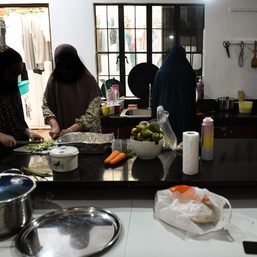
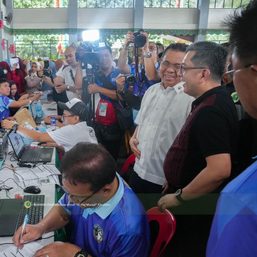
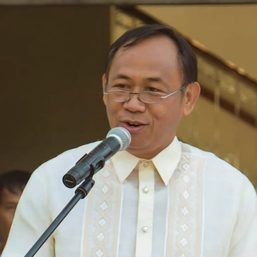
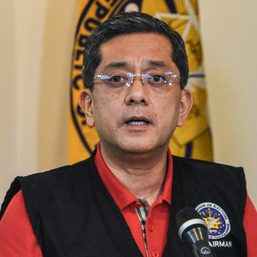
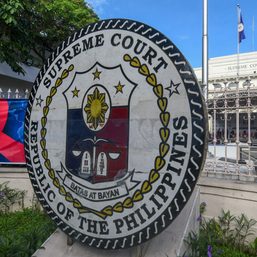
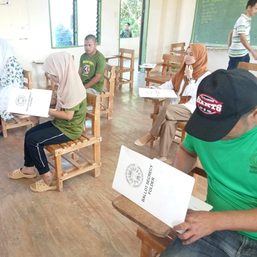
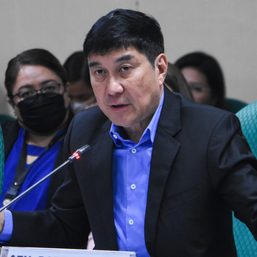
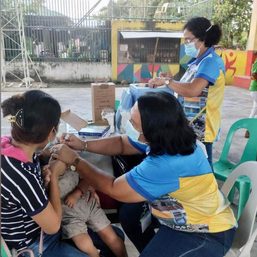
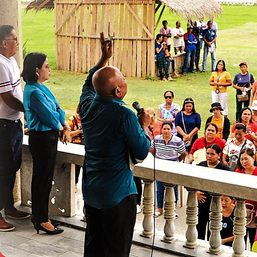
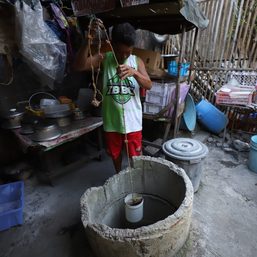
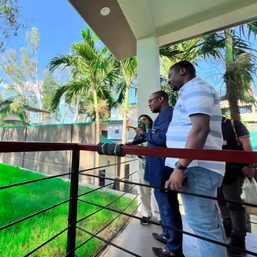


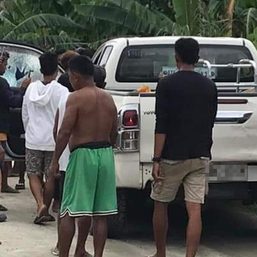
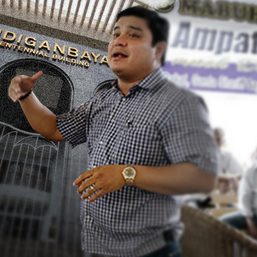

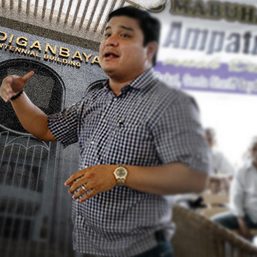
There are no comments yet. Add your comment to start the conversation.